How to choose a dehumidifier — 5 things you need to know before you buy to get the most out of your money
This is everything you need to make the right decision
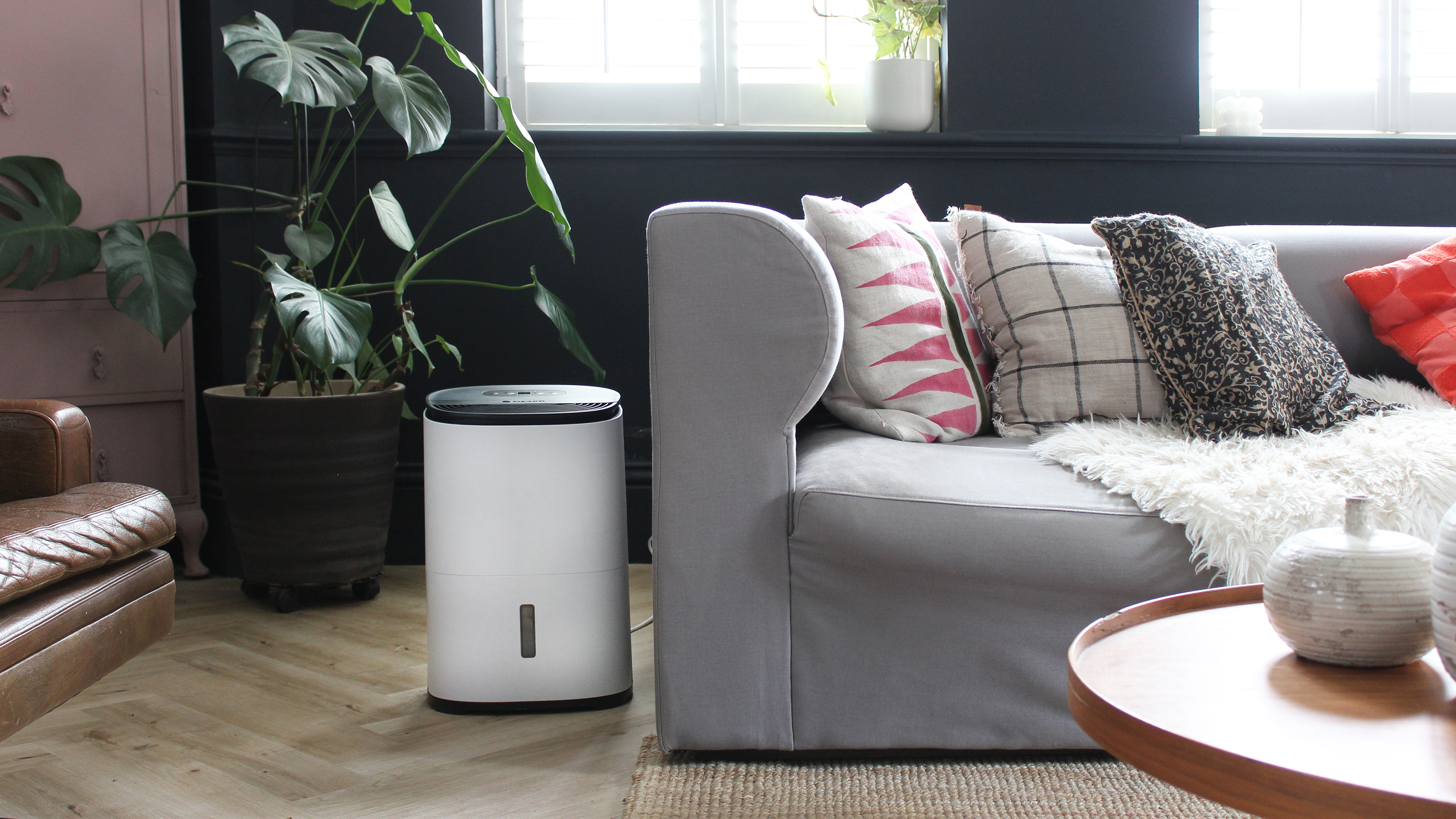

You probably don’t need us to tell you that dehumidifiers have become the must-have home appliance of the decade. But if you’ve still not jumped on the dehumidifier bandwagon, it may be because you don’t know how to choose a dehumidifier. After all, there are so many out there.
In fact, the best dehumidifiers come in so many shapes and forms - differing in terms of size, power, noise levels, functionality, and more. And while they can all help to get rid of damp and dry your clothes in winter, the sheer number of dehumidifiers on the market means that some are always going to be better than others. So, which one should you buy?
To help you choose a dehumidifier, we’ve compiled all of the information you need to consider before buying one. This will ensure you don’t waste your money on the wrong option and allow you to choose the perfect option for your home and needs.
1. Types of dehumidifiers
One of the biggest dehumidifier mistakes we see people make before purchasing is not knowing that there are actually a handful of different types that will best serve different purposes. A lack of knowledge in this will usually leave shoppers dissatisfied with the performance of their dehumidifier and its effectiveness as they'll buy the wrong type for their needs.
Depending on whether your main pain points are to get rid of damp or to dry clothes fast indoors, this will greatly determine which type of dehumidifier you'll find the most success with.
Here are the most common types of dehumidifiers and their differences:
Compressor dehumifidifiers
Compressor dehumidifiers tend to be the most common design available in the UK. Sometimes also called refrigerant or condenser dehumidifiers, they work by drawing air into the dehumidifier via a fan, and then running the air over over cold coils to condense the moisture from it, whereby the condensed water is collected in a water tank.
Sign up to our newsletter for style inspiration, real homes, project and garden advice and shopping know-how
The coils are kept cool by refrigerant which means the unit also needs a compressor built in. The only downside of compressor dehumidifiers is that they need the air to be warm for this process to work. Most will work above 5°C, but they're most efficient at an ambient temperature of around 20°C (depending on the individual model).
Desiccant dehumidifiers
A desiccant dehumidifier differs in that it uses an absorbent material or chemical desiccant to extract moisture from the air. This means they can operate efficiently in lower temperatures, down to just 1°C, and are useful for garages, basements, conservatories, or unheated rooms in the house over winter – making desiccant dehumidifiers better in these circumstances.
However, they're usually more expensive both upfront and in terms of running costs than a compressor dehumidifier, so unless you're looking to remove damp at cold temperatures you're generally best off with a compressor model.
Peltier dehumidifiers
Like compressor dehumidifiers, Peltier dehumidifiers also use a condensation process to remove moisture from the air. However, they do this via a thermoelectrical process rather than using refrigerant and a compressor, so they're generally a lot quieter and more economical to run. The downside is that they're far less powerful, so Peltier dehumidifiers tend to very small and best for localised areas of moisture – they won't be powerful enough to help with damp in a large room or entire house.

2. Extraction rate
Once you've decided which type of dehumidifier is the best fit for your needs, next up you'll want to consider extraction rates.
A dehumidifier's extraction rate is an average of how much moisture it can remove from the air during a given timeframe. Most commonly this is measured in litres per day, so an extraction rate of 10L/per day means the dehumidifier should be able to extract 10 litres of moisture within 24 hours if running continuously. In practice, this also depends on the humidity levels of the room and the ambient temperature.
Generally speaking, you'll find compressor dehumidifiers that offer 10, 12, 14, 16, 18, 20, and 25L extraction rates. The higher the extraction rate the more powerful the machine will be, but generally also the larger, heavier, more expensive, and more expensive to run the dehumidifier will be.
You'll also find plenty of dehumidifiers that offer much lower extraction rates, with some of the smallest dehumidifiers extracting just 0.3L of moisture per day.
The right dehumidifier for you will depend on your room size, the scale of your moisture issues, and how quickly you want the appliance to remove moisture. Most dehumidifiers come with a recommended room size listed, so use this as a gauge when choosing the best dehumidifier for your home.
However, Joshua Warren, dehumidifier expert at AO.com suggests to, 'Measure the room and opt for smaller or larger appliances depending on their size. For instance, if your room is medium to large in radius (20-50m²), choose a medium capacity appliance which will be between 10-20 litres a day.'
'Yet if there are activities in your home that create more humidity like frequent cooking or drying your laundry – then a higher capacity dehumidifier may be beneficial for you, even for smaller rooms,' he adds.
To help you, we've discussed this in detail in our explainer covering how big of a dehumidifier you need for your specific needs.
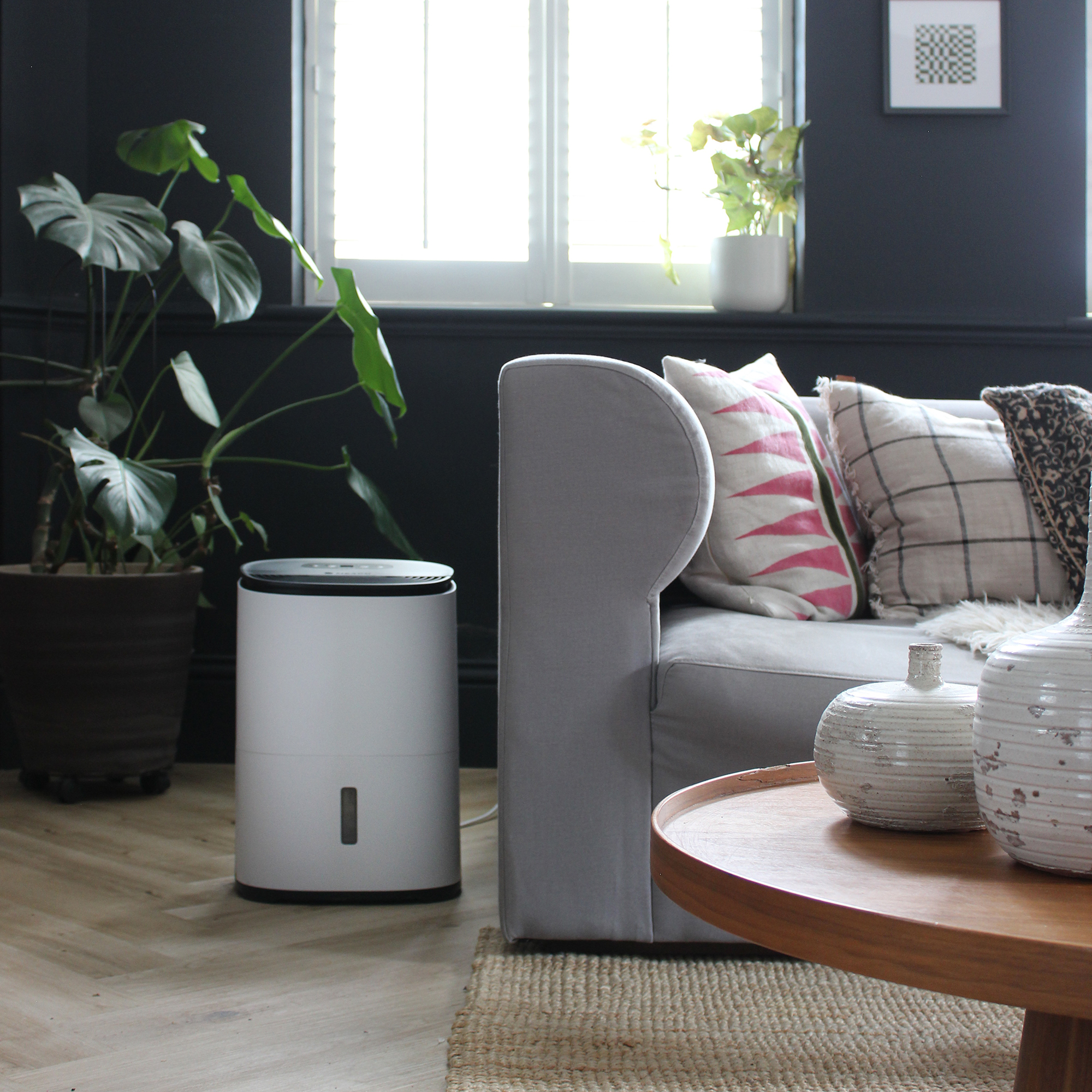
3. Water tank capacity
It's also important not to confuse the extraction rate with a dehumidifier's water tank capacity. As both are generally measured in litres or millilitres this can sometimes cause confusion.
The tank capacity dictates how much water the water tank of the dehumidifier can hold before it needs emptying. A larger tank capacity – such as the MeacoDry Arete Two's generous 2.5L or 4.8L tanks – means you won't be emptying it as frequently.
Most of the dehumidifiers in our round-up feature automatic shut-off functions that mean they automatically switch off and sound an alarm or activate a warning light once the tank is full. However, a small capacity tank potentially increases the amount of time the dehumidifier will be out of operation before you notice and empty the tank.
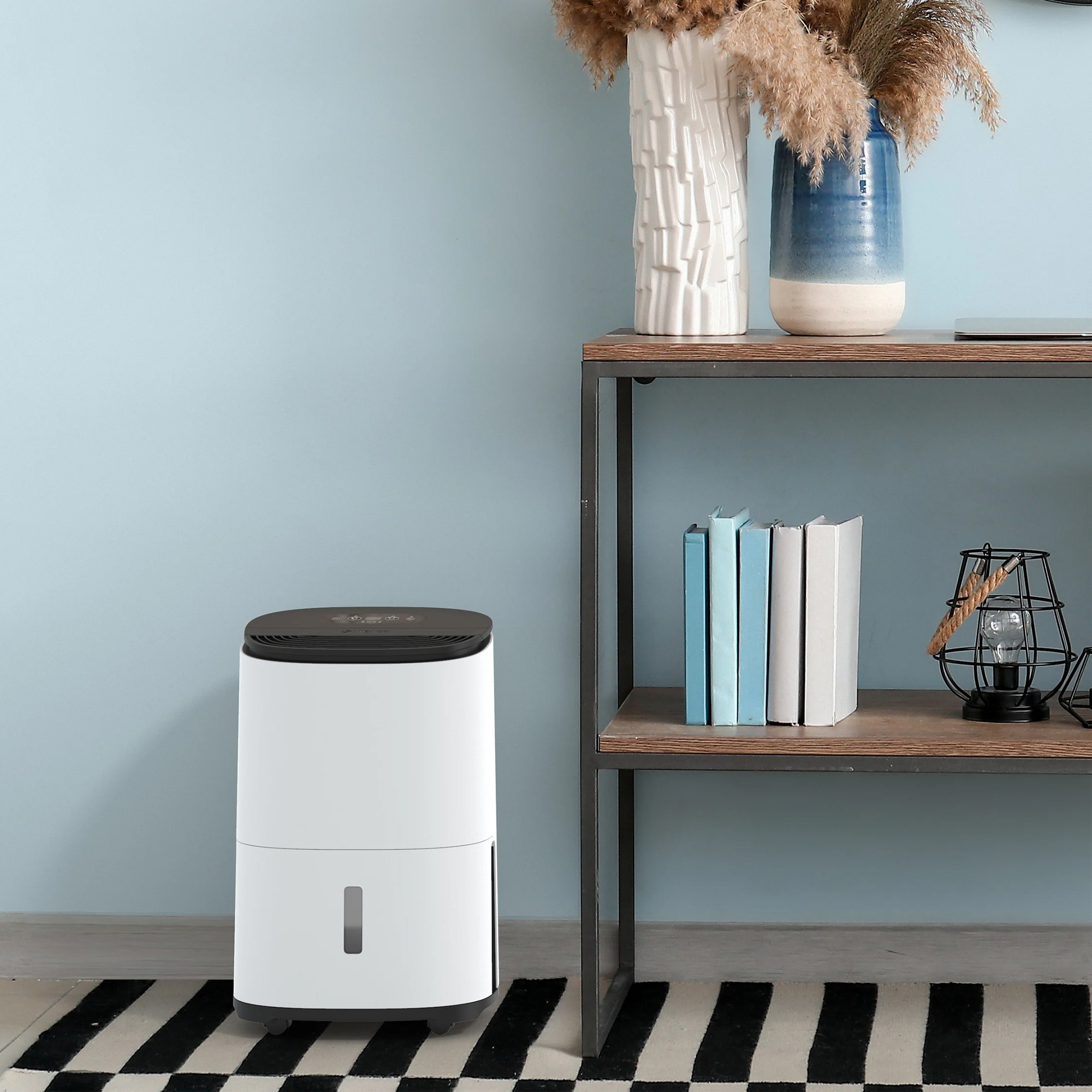
4. Noise levels
It's also worth considering noise levels before you invest in a dehumidifier, as noise disturbance is a big bugbear among dehumidifier owners. This is most noticeable if you plan to purchase a dehumidifier to help you sleep better.
Most dehumidifiers have their noise levels listed in their specifications, although in practice we didn't find that much variation between models, with most falling somewhere between 35 and 45dB.
As Chris Michael, Managing Director of Meaco, explains, 'One of the main problems with many dehumidifier units is that they are noisy at night when you want to sleep. Look for dehumidifiers that have won the Quiet Mark award for low noise. These dehumidifiers typically have a night or quiet mode, where the fan operates at its lowest speed, so even if your unit is removing water from the air overnight, it shouldn't disturb you.'
In our tests, Peltier condenser dehumidifiers proved the quietest, which is why the Peltier-powered ProBreeze 1500ml Mini Dehumidifier is our top pick for the bedroom. However, Peltier dehumidifiers are also the least powerful, so the relatively quiet MeacoDry Arete Two Dehumidifier is our top choice for a low-volume compressor dehumidifier.
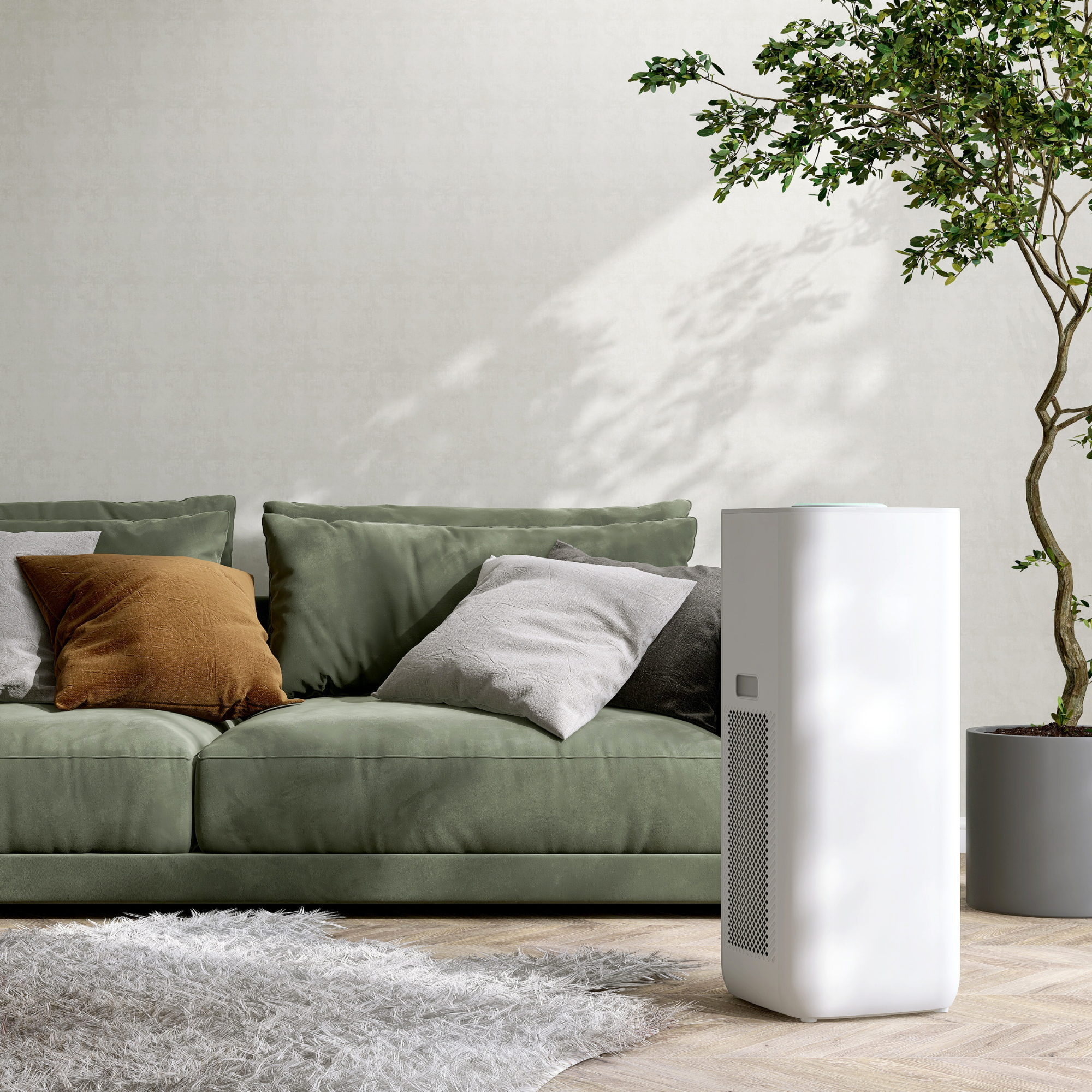
5. Other functionality
Lastly, there's extra functionality to consider when choosing a dehumidifier. The best dehumidifiers you can buy offer a Smart mode. That means you can leave the dehumidifier running and its sensors will detect the humidity levels and switch the machine on and off to keep humidity within your desired range.
These are great features to be mindful of, especially if you often find yourself questioning how long you should keep a dehumidifier running. In turn, this will save energy (and money) as the appliance isn't running if it doesn't need to be, ultimately decreasing the cost of running a dehumidifier overall.
Many also offer a Laundry Drying mode that can give the appliance an extra boost when you're trying to dry wet washing indoors because yes, dehumidifiers do help dry clothes more effectively.

Crowned the 'best dehumidifier overall' in our guide, we believe this dehumidifier will suit most people. It's quiet, easy to use, and extremely energy efficient. Plus, it's incredibly smart and doubles up as an air purifier, too.
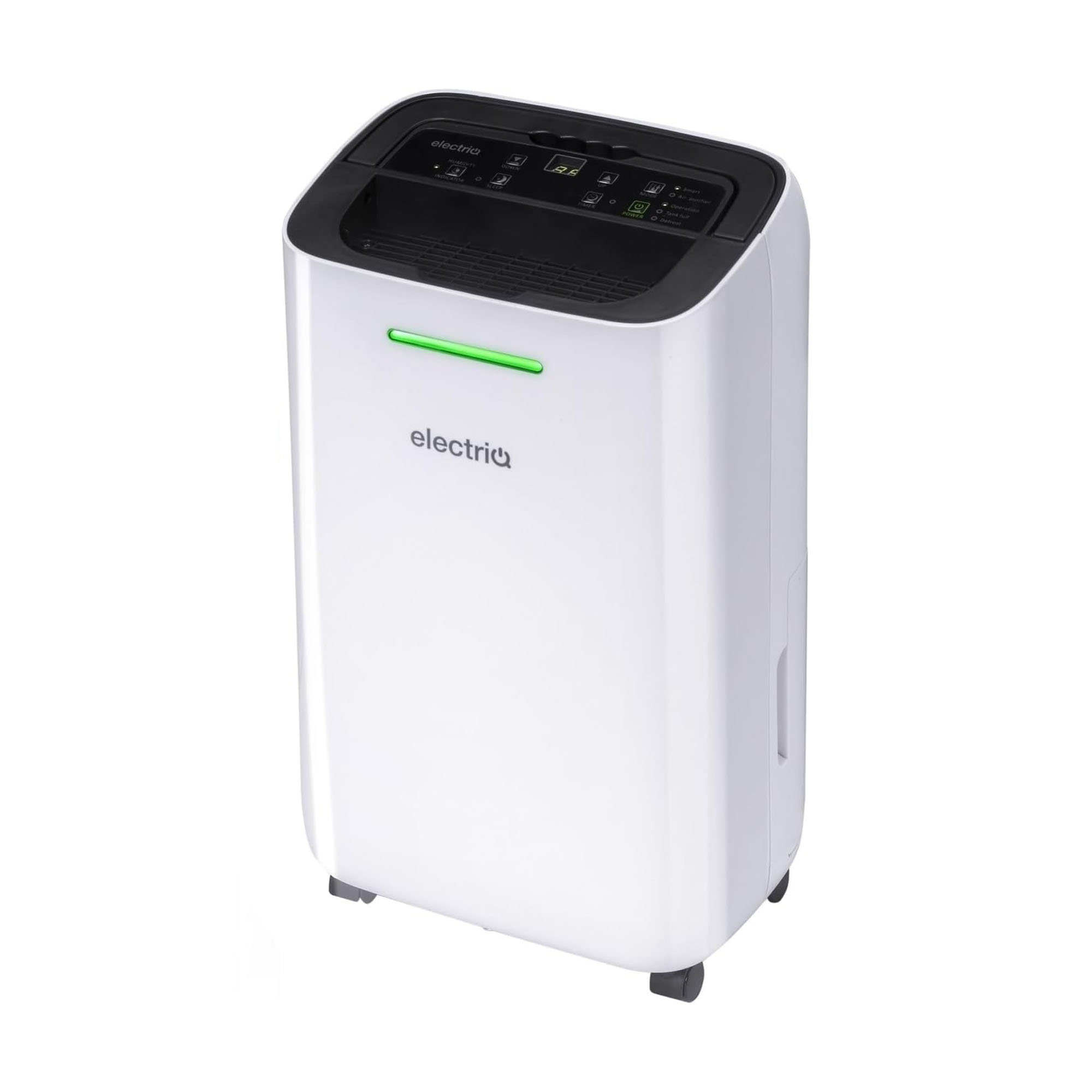
If you're on a budget but still want a high-quality dehumidifier, this one should fit the bill. It's quiet, portable, has a built-in carbon filter to remove odours as well as moisture and allows you to understand the current humidity level in your home so you can stay in control.
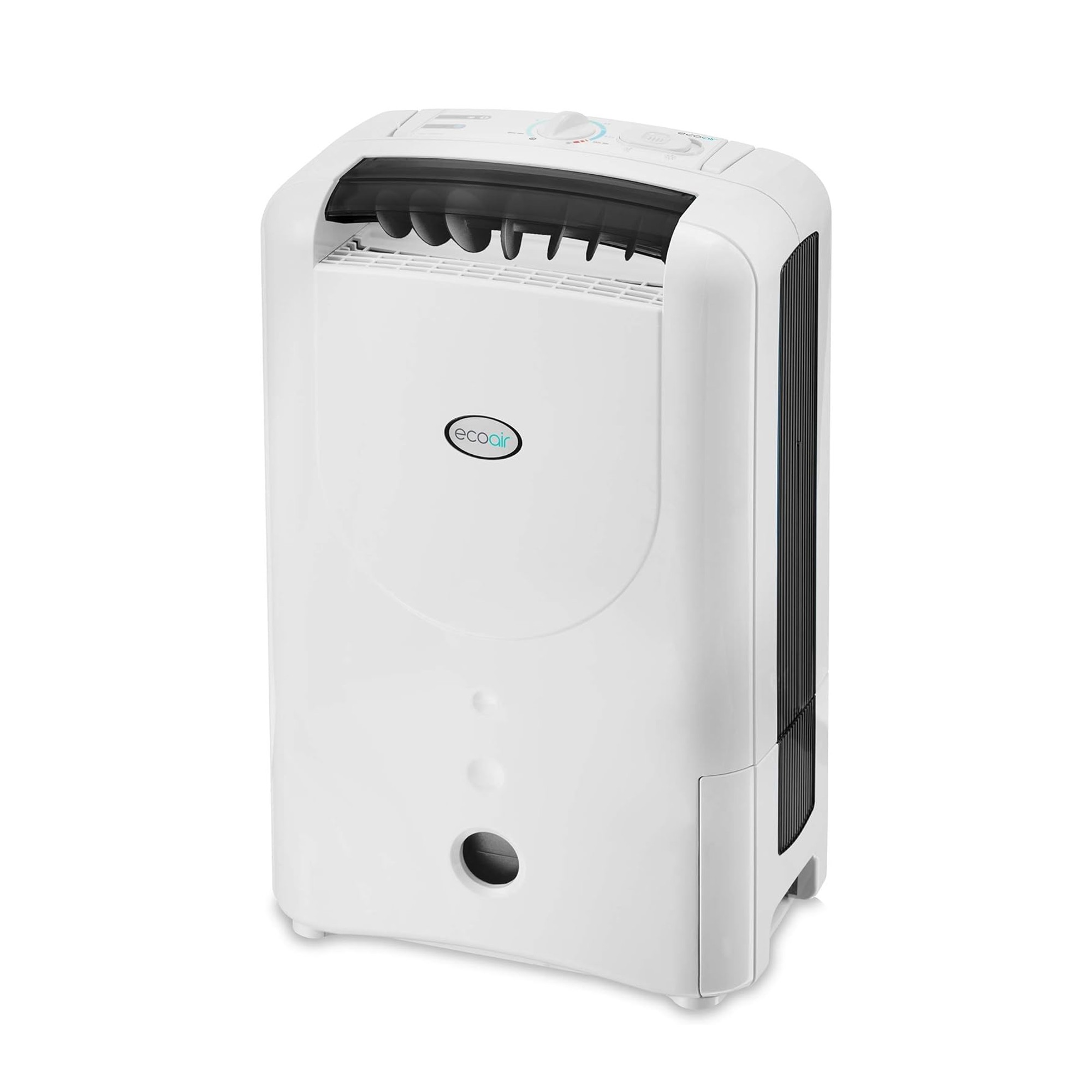
This dehumidifier is the 'best desiccant' dehumidifier in our guide and thrives in colder temperatures. And while it can be operated in any space that's above 1°C, it also performed brilliantly in normal conditions during our testing process.
FAQs
Will a dehumidifier stop condensation on windows in winter?
Although a dehumidifier may not stop condensation on windows completely, it can certainly reduce the amount of condensation you find on your windows as it can suck up the excess moisture in the air. This will stop it from settling on your windows and prevent excess condensation.
Should you run a dehumidifier in the winter?
Yes, dehumidifiers are perfect for winter use, as they can reduce the excess moisture and dampness in the air. This will not only make your home feel more comfortable, but a dehumidifier will also work hard to prevent condensation and mould build-up, which could lead to health concerns and even structural damage to your home.
However, it's important to note that some dehumidifiers work better in colder temperatures than others. That's why it's always a good idea to understand the different types of dehumidifiers before purchasing one.
Now you know how to choose a dehumidifier, it's time to choose the perfect option for you and your needs.

Lauren Bradbury has been the Content Editor for the House Manual section since January 2025 but worked with the team as a freelancer for a year and a half before that. She graduated with a Bachelor’s degree in English and Creative Writing from the University of Chichester in 2016. Then, she dipped her toe into the world of content writing, primarily focusing on home content. After years of agency work, she decided to take the plunge and become a full-time freelancer for online publications, including Real Homes and Ideal Home, before taking on this permanent role. Now, she spends her days searching for the best decluttering and cleaning hacks and creating handy how-to guides for homeowners and renters alike, as well as testing vacuums as part of her role as the Ideal Home Certified Expert in Training on Vacuums, having spent over 110 hours testing different vacuum models to date!